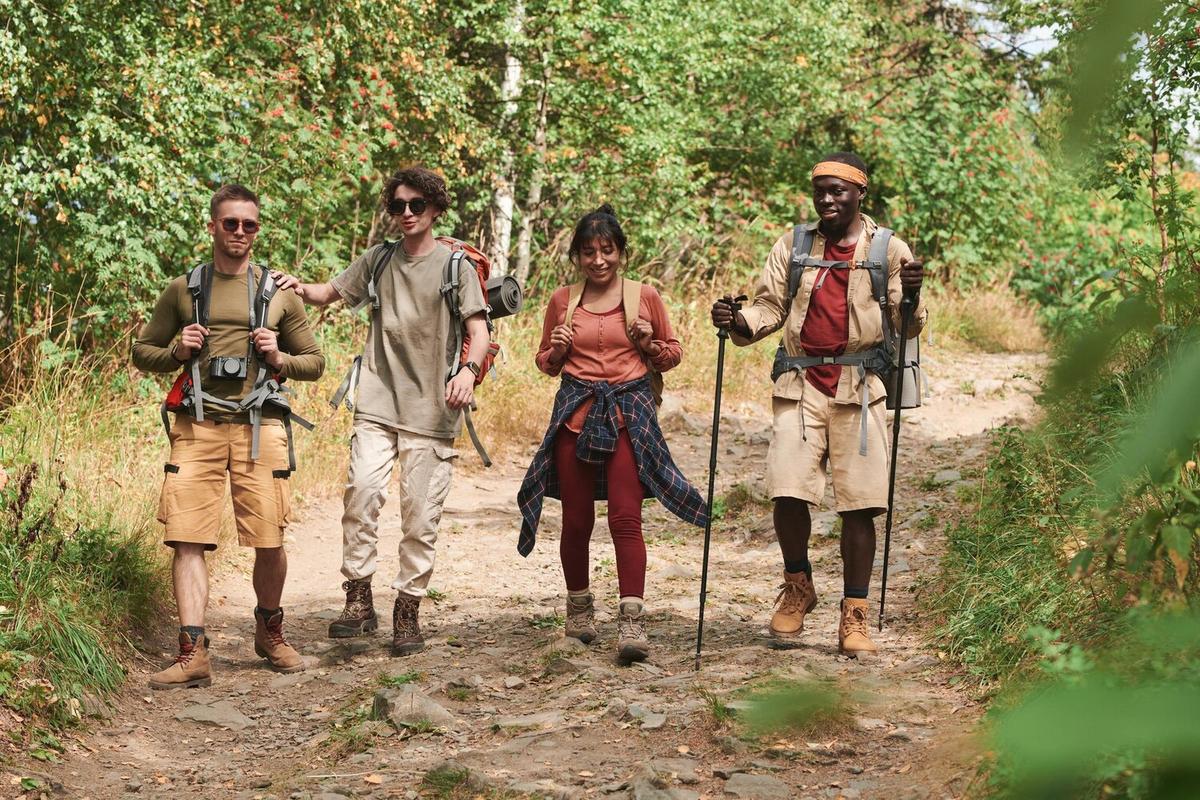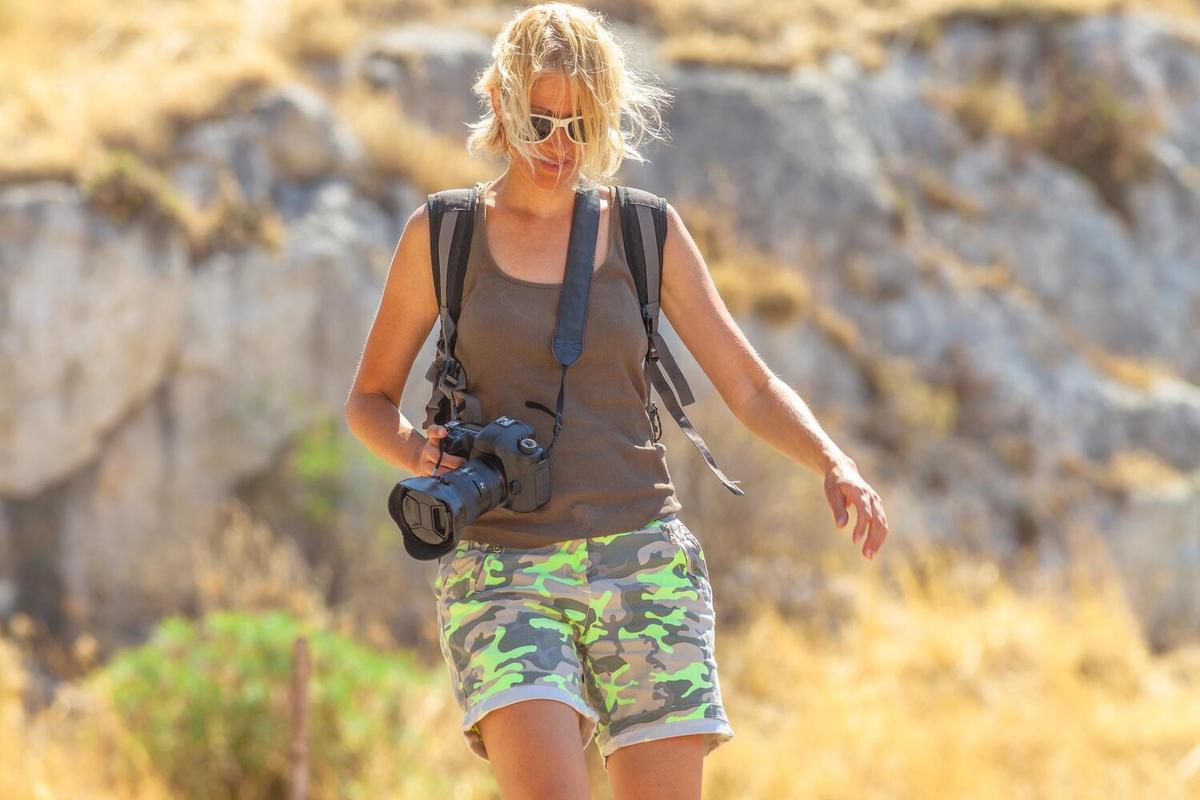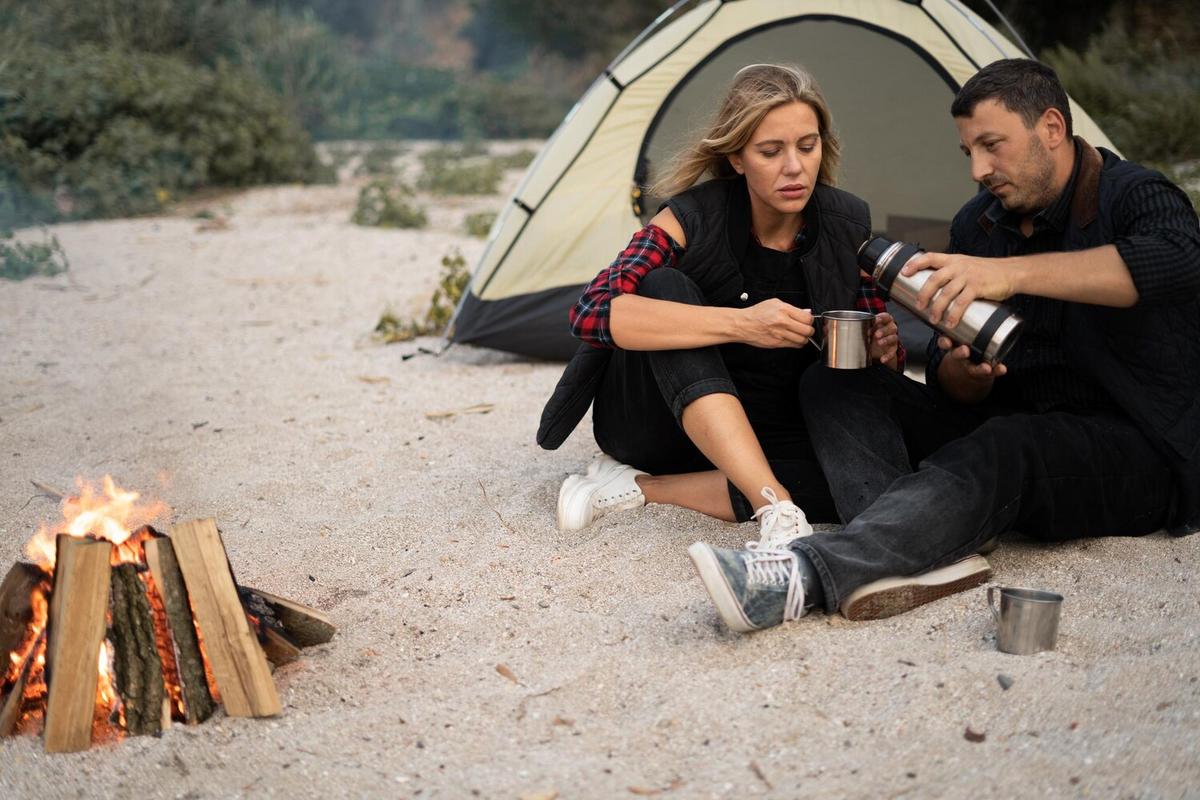
The Ultimate Guide to Planning a Safari
Planning a safari is an exhilarating adventure that promises unforgettable memories. However, organizing such a trip can be complex. This guide will walk you through everything you need to know to plan the perfect safari, from choosing the right destination to packing essentials.
Choosing Your Safari Destination
When planning a safari, the first step is selecting a destination. Africa is home to many renowned safari locations, each offering unique experiences. Countries like Kenya, Tanzania, South Africa, and Botswana are among the top-rated for their diverse wildlife and stunning landscapes.
Expert Opinion
According to the World Tourism Organization, Africa saw a 5% increase in tourism in recent years, highlighting its growing appeal.
Factors to Consider
- Wildlife: Different regions are known for different animals. For instance, the Serengeti in Tanzania is famous for the Great Migration.
- Climate: Research the best time to visit based on weather conditions and animal activity.
- Accessibility: Consider the ease of travel and available accommodations.
Planning Your Itinerary
Once you’ve chosen a destination, plan your itinerary. This includes the number of days, the parks you want to visit, and the activities you wish to engage in.
| Duration | Suggested Activities |
|---|---|
| 3-5 Days | Short safari, focus on one or two parks |
| 6-10 Days | Multiple parks, include cultural tours |
| 11-14 Days | Comprehensive safari, include relaxation time |
| 15+ Days | Extended safari, deep exploration of regions |
What to Pack for a Safari
Packing wisely can make a significant difference in your safari experience. Here’s a list of essential items:
- Comfortable clothing: Lightweight and neutral-colored clothes are best.
- Binoculars: Essential for spotting wildlife from a distance.
- Camera: Capture those once-in-a-lifetime moments.
- Sunscreen and insect repellent: Protect yourself from the elements.
- First-aid kit: Be prepared for any minor injuries.
Health and Safety Tips
Safaris can be adventurous but also come with certain risks. It’s crucial to prioritize your health and safety.
Health Precautions
- Vaccinations: Ensure you have all necessary vaccinations before travel.
- Malaria: Take anti-malaria medication if recommended for your destination.
- Hydration: Drink plenty of water to stay hydrated.
Safety Tips
- Follow Guidelines: Always follow the guidelines provided by your tour guides.
- Stay Inside the Vehicle: Never leave the safety of your vehicle during wildlife viewing.
- Avoid Night Travel: Wildlife is more active at night, making it riskier to travel.
FAQs
What is the best time of year to go on a safari?
The best time depends on your destination and what you want to see. Generally, the dry season (June to October) is ideal for wildlife viewing.
Is it safe to go on a safari?
Yes, safaris are generally safe if you follow the guidelines provided by your tour operator and stay aware of your surroundings.
What kind of accommodations can I expect?
Accommodations range from budget campsites to luxury lodges. Research and choose based on your comfort and budget.
Conclusion
Planning a safari involves several steps, from choosing a destination to packing the right gear. By following this guide, you can ensure a smooth and enjoyable safari experience. Ready to start your adventure? Begin planning today and embark on a journey of a lifetime.


